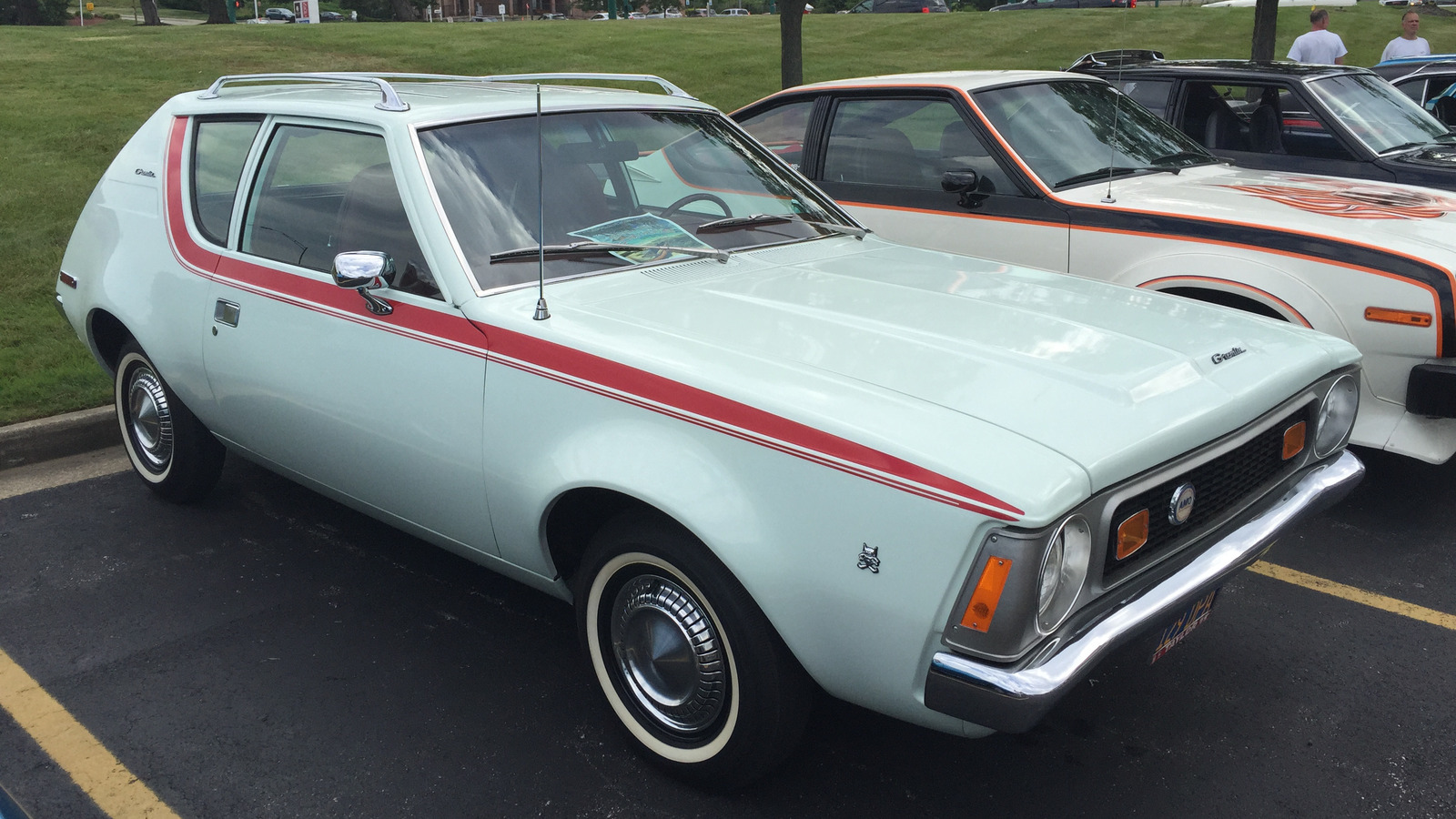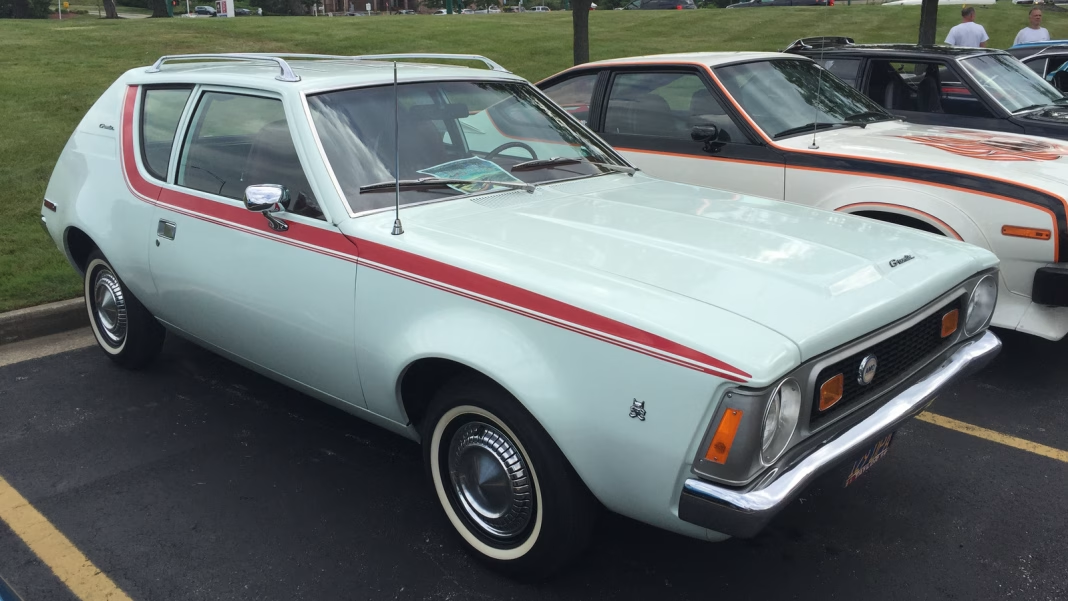The Malaise Era of the 1970s often gets a bad rap. Picture this: gas crises, rising insurance rates, and a wave of regulations that left many automakers scrambling. Cars from this decade are frequently labeled as the worst in automotive history, but there’s a certain charm to them that can’t be denied. From quirky designs to unique engineering choices, the Malaise Era produced vehicles that have left a lasting impression on car enthusiasts. So, what makes these cars so special? Let’s dive into some of the favorites from this often-maligned decade.
What Defines the Malaise Era?
The term “Malaise Era” typically refers to the automotive landscape from the early 1970s to the early 1980s. During this time, the oil crisis hit hard, leading to skyrocketing fuel prices and a shift in consumer preferences towards smaller, more fuel-efficient vehicles. Automakers were caught between meeting new environmental regulations and consumer demand, resulting in a mix of underpowered engines and bloated designs. Yet, amidst all this turmoil, some gems emerged.
Which Cars Stand Out from the Crowd?
When you think of the 1970s, certain cars immediately come to mind. The Chevrolet Camaro and Ford Mustang were still holding strong, but they were joined by some unexpected contenders. The AMC Pacer, with its distinctive bubble shape, has become a cult classic. It’s a car that many love for its quirky design and spacious interior, even if it wasn’t the most powerful ride on the block.
Then there’s the Pontiac Trans Am, which gained fame thanks to its starring role in pop culture, particularly in the film “Smokey and the Bandit.” With its bold styling and V8 engine options, it offered a glimpse of performance that many thought was lost during the era. And let’s not forget the Dodge Charger, which continued to capture hearts with its aggressive looks and muscle car heritage.
What About the Imports?
While American cars were struggling, the 1970s also saw a rise in popularity for imports. The Volkswagen Beetle, though originally launched in the 1930s, found a second wind in this decade, appealing to those looking for reliability and fuel efficiency. Meanwhile, Japanese manufacturers like Honda and Toyota began to make significant inroads into the U.S. market, offering compact cars that were both economical and fun to drive. The Honda Civic, for instance, became a symbol of practicality and efficiency, paving the way for the compact car segment we know today.
Why Do We Love Them?
So, what is it about these cars that keeps enthusiasts talking? Nostalgia plays a big role. For many, these vehicles represent a simpler time, filled with unique designs and character. They evoke memories of road trips, Saturday night cruising, and a sense of freedom that’s hard to replicate in today’s more homogenized automotive landscape.
Moreover, the Malaise Era cars are often seen as a blank canvas for customization. With their simpler technology, many enthusiasts enjoy restoring or modifying these vehicles, allowing for a personal touch that’s often lost in modern cars packed with electronics and safety features.
What’s the Takeaway?
The big takeaway? The Malaise Era isn’t just about the struggles of the automotive industry; it’s about the creativity and resilience that emerged during tough times. Whether you’re a fan of the muscle cars, the quirky designs, or the imports that changed the game, there’s something for everyone to appreciate. So, if you’re feeling adventurous, why not explore the world of 1970s cars? You might just find a hidden gem that speaks to you. Start with one change this week, and you’ll likely spot the difference by month’s end.


